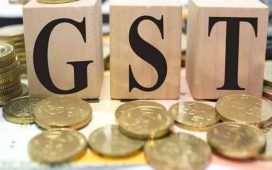
Distribution holds the key to capacity build-up across the electricity value chain. This is the only point in the chain where revenue enters the system, and it remains because political parties use it to price power to their advantage. The immediate bottleneck, of discoms running up huge bills with generating companies that, in turn, was affecting payments to coal suppliers, has been corrected substantially in the past two years partly by some smart persuasion. The way forward would be to break monopolies by allowing multiple distributors to share transmission infrastructure. Here, too, challenges are more political than economic. More work also needs to be done to curb power theft through smart metering.
Tepid investment in power storage from RE sources amplifies the problem of intermittence fosters overdependence on coal. PLIs for domestic battery manufacturing have not delivered substantially, but GoI is pitching hard to foreign investors. Renewables offer India a pathway to reduce its dependence on energy imports, apart from achieving self-imposed emission reduction targets. At this point, however, India will feed its economic growth through energy from all sources, and significant energy transition will be deferred. This comes at a cost in terms of price of energy and climate mitigation. But India’s growth through exports could pass some of this cost to the rest of the world.










